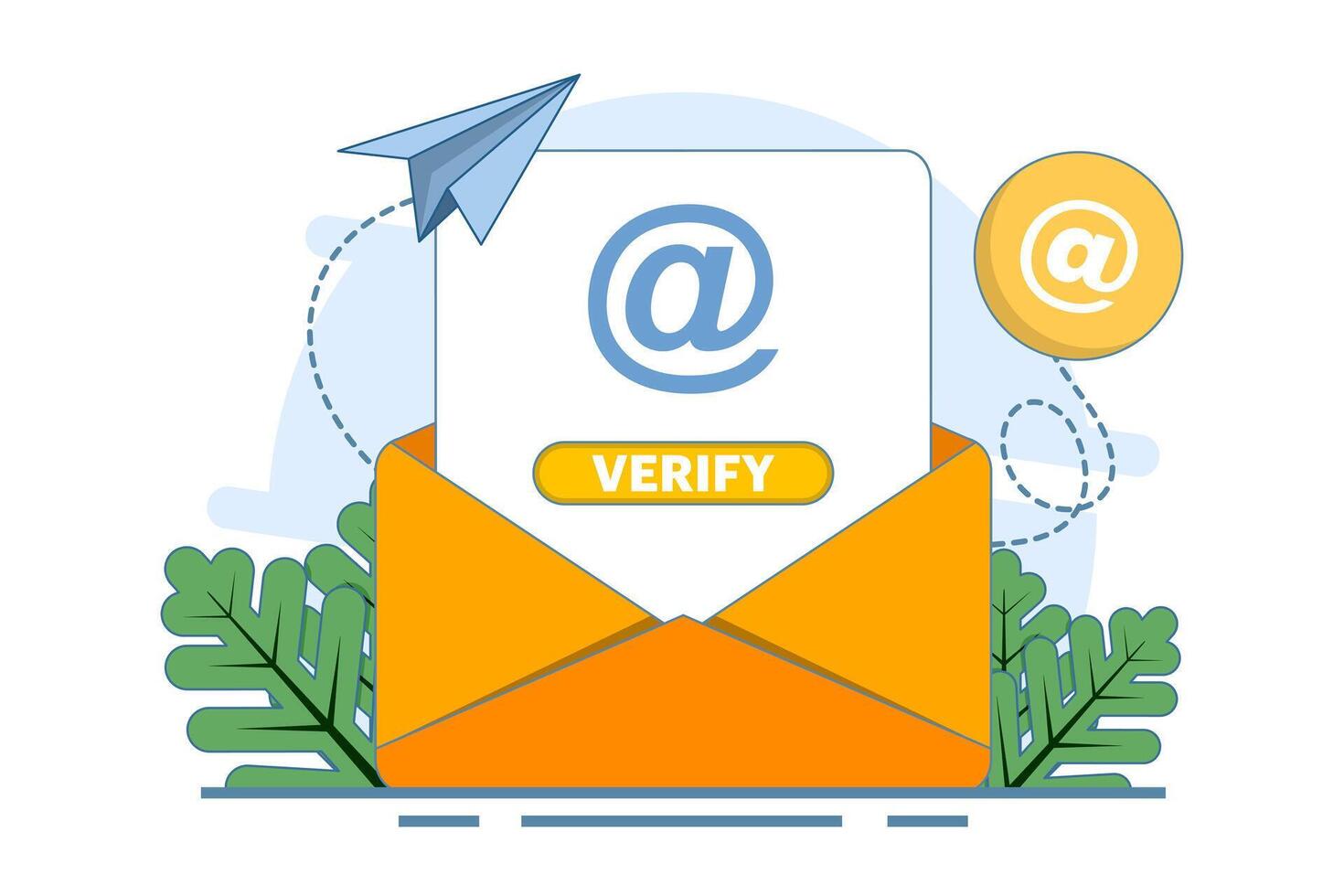Building an Email Verifier in Go: A Step-by-Step Guide
 Kushal Agrawal
Kushal Agrawal
Introduction
Verifying email addresses is an essential task for developers working on email automation, marketing, or user validation systems. An email verifier tool helps check if an email is valid, reducing bounce rates and ensuring smoother communication. In this blog, we’ll build an email verifier tool using Go. This tool will:
Validate the email format.
Verify the domain has valid Mail Exchange (MX) records.
Perform an SMTP handshake to check if the email can receive messages.
By the end, you'll have a working tool. Let’s dive in!
Step 1: Prerequisites
Before we start, ensure the following:
Go installed: Download and set it up from golang.org.
Basic understanding of Go: Familiarity with packages and functions will help.
Networking concepts: A basic grasp of DNS, MX records, and SMTP is a plus.
Step 2: Project Overview
Our tool will consist of three main components:
Email Syntax Validation: Uses regex to check if the email is formatted correctly.
MX Record Lookup: Fetches the domain's mail servers.
SMTP Verification: Simulates sending an email to check deliverability.
Here’s the step-by-step implementation.
Step 3: Email Syntax Validation
First, let’s validate the email format. We’ll use a regular expression (regex) to check if the email meets the standard structure:
func validateEmailFormat(email string) bool {
pattern := `^[a-zA-Z0-9._%+-]+@[a-zA-Z0-9.-]+\.[a-zA-Z]{2,}$`
regex := regexp.MustCompile(pattern)
return regex.MatchString(email)
}
This function returns true if the email matches the regex pattern, ensuring it’s structured like user@domain.com.
Step 4: Domain MX Record Lookup
Next, we’ll fetch the domain's MX records to ensure it has valid mail servers. This is done using Go’s net package
func getMXRecords(domain string) ([]*net.MX, error) {
mxRecords, err := net.LookupMX(domain)
if err != nil {
return nil, fmt.Errorf("failed to fetch MX records for domain %s: %w", domain, err)
}
return mxRecords, nil
}
Step 5: SMTP Verification
The final step is to connect to the mail server using SMTP and simulate sending an email. If the server accepts the recipient email, it’s valid:
func smtpCheck(mxServer, email string) error {
client, err := smtp.Dial(mxServer + ":25")
if err != nil {
return fmt.Errorf("SMTP dial error: %w", err)
}
defer client.Close()
client.Hello("localhost") // Identify ourselves to the server
client.Mail("test@example.com") // Use a fake sender
err = client.Rcpt(email) // Check if the recipient is accepted
return err // Return any error from the RCPT command
}
Step 6: Combining It All Together
Now, let’s combine all the components into a single function to verify an email:
func verifyEmail(email string) (bool, error) {
// Step 1: Validate email syntax
if !validateEmailFormat(email) {
return false, fmt.Errorf("invalid email format")
}
// Step 2: Extract domain and fetch MX records
parts := strings.Split(email, "@")
if len(parts) != 2 {
return false, fmt.Errorf("invalid email structure")
}
domain := parts[1]
mxRecords, err := getMXRecords(domain)
if err != nil {
return false, fmt.Errorf("domain verification failed: %w", err)
}
// Step 3: Check SMTP server for deliverability
for _, mx := range mxRecords {
err := smtpCheck(mx.Host, email)
if err == nil {
return true, nil // Valid email found
}
}
return false, fmt.Errorf("email verification failed")
}
Step 7: Testing the Tool
To test the tool, call the verifyEmail function in your main method:
func main() {
email := "example@domain.com"
fmt.Printf("Verifying email: %s\n", email)
valid, err := verifyEmail(email)
if valid {
fmt.Println("The email is valid and ready to receive messages!")
} else {
fmt.Printf("Email verification failed: %v\n", err)
}
}
Run the program in your terminal:
go run email_verifier.go
Conclusion
In this blog, we built an email verifier tool in Go from scratch. This project is a fantastic way to dive into networking, SMTP, and DNS handling. Whether you’re managing email lists or learning Go, this tool is a valuable addition to your arsenal.
Want to see more projects like this? Share your thoughts or suggestions in the comments below. Don’t forget to like and share this blog with your developer community! 🚀
Thank you❤️❤️
Subscribe to my newsletter
Read articles from Kushal Agrawal directly inside your inbox. Subscribe to the newsletter, and don't miss out.
Written by

Kushal Agrawal
Kushal Agrawal
An enthusiastic Computer Science student who loves to read to enhance learning, gain a deeper understanding of coding, and work towards becoming a skilled DevOps engineer or a proficient Developer Relations professional. I also enjoy writing blogs to share what I learn and document new insights.